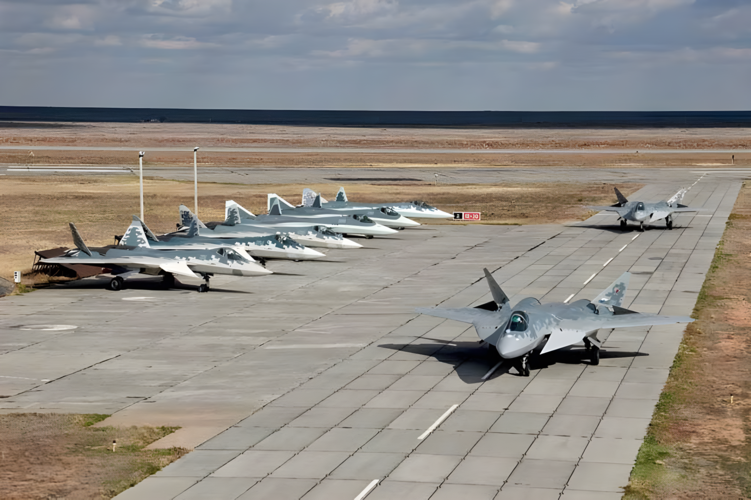First. You're arguing that the uv system is a cheaper solution or the DAS 6 apertures a cheaper solution? I'm confused by the point you're making and I feel like you really sorted them out yourself.
6 UV(101ks-u) cheaper than 6 das(DAS).
Two distributed systems of sensors(101ks, n036) in 4 bands is more expensive than just 1.
Second, I don't know if you're thinking it holistically enough. If it's a long range missile, the uv system is dead weight. So even purely as MAWS it's an inferior system. The mechanically steered MWIR doesn't have enough apertures for constant spherical FoV while tracking aircraft and long range missiles. The fact that you had to bring up "when it's the case, does pilot really need that? We only have two eyes and one point of attention at a time" tells me you know the system isn't comparable. Also, with this line of logic, I might as well compare a vietnam era radar to current AESA and say, who cares about being able to track dozens of aircraft simultaneously since pilot's attention can only focus on couple anyway. This is where alot of the automation, computer assistance, and datalink to offload info to other aicraft, comes into play, you know this.
UV detects launch events at basically all ranges, they're within horizon. It also classifies them better, giving least number of false positives. I.e. it is doing its job better; maws isn't there to track incomings, it's to give warning. So, of course, as a MAWS, it's the best system.
Which is why, when everywhere around someone designs pure maws, UV band is the go-to band. Only
other considerations may alter the choice.
Long range missiles can be detected by IRSTs and radars. The key task of UV system is to provide notice of events, especially detection for short notice threats.
The fact that you had to bring up "when it's the case, does pilot really need that? We only have two eyes and one point of attention at a time" tells me you know the system isn't comparable. Also, with this line of logic, I might as well compare a vietnam era radar to current AESA and say, who cares about being able to track dozens of aircraft simultaneously since pilot's attention can only focus on couple anyway. This is where alot of the automation, computer assistance, and datalink to offload info to other aicraft, comes into play, you know this.
No amount of automation will give pilot more than one HMD direction at a time. At least not until we're talking about J-20S, which indeed has two helmets inside.
IR system is best overall in its comprehensiveness, which is why it's being installed as a single stop 720 solution on F-35(and likely Chinese jets).
If you paid (su-57 is like twice the price of a su-35s) for several specialist solutions, you may just combine all of them and get their advantages.
Su-57
has MWIR coverage, and, unlike F-35, it's 3 narrow aov sensors, not wide view ones(DAS is known to need better resolution). In
specific tasks, they're quite likely to be better simply based on that point alone. For the same reason EOTS is a better attack sensor (and IRST).
But, unlike DAS, they need a full, uninterrupted view backup. DAS doesn't, it already is such a view.
On top of that, it has 270(or 360?) X band coverage. Which detects, tracks and ranges incoming missiles better than any passive solutions, with no regard to weather etc.
Of course, only if radars are active. Which is why there's maws to track launch events. And so on.


